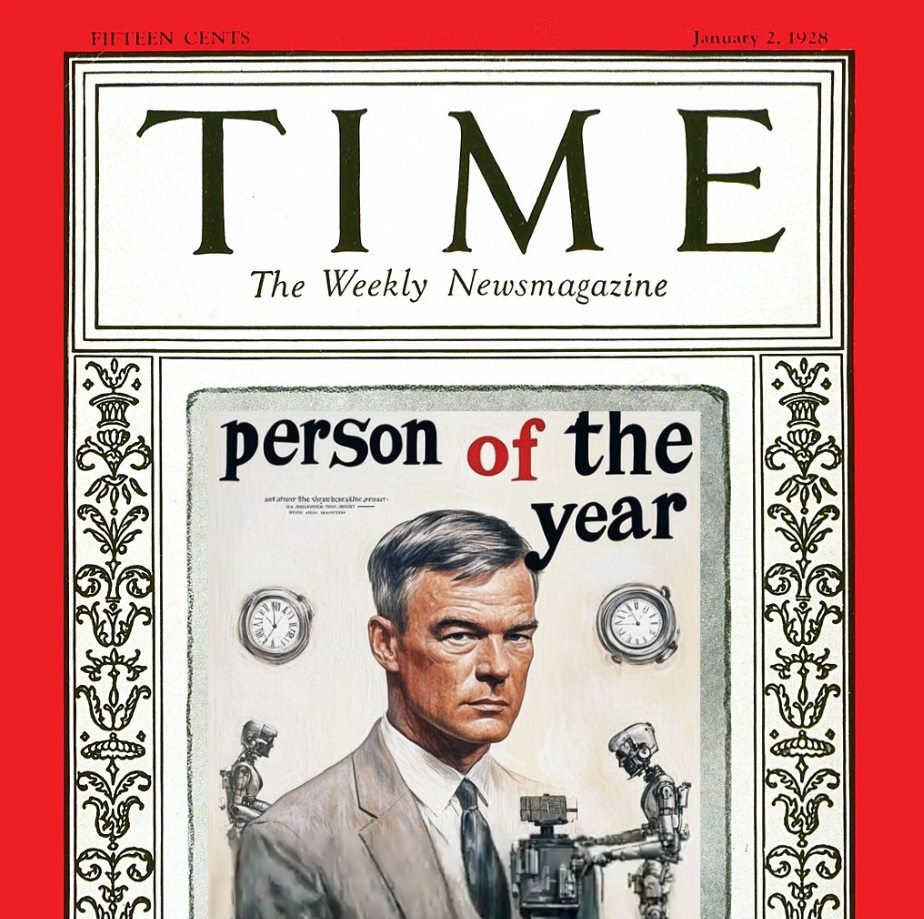
TIME has launched an AI chatbot.
Not for news.
Not for interviews.
But for "Person of the Year content".
At first glance, it feels niche.
But this move is way bigger than it looks.
So we sat down (with coffee, obviously), and asked:
What’s the play here?
And what does it say about the future of content?
📰 What TIME is Saying
The chatbot lets readers “chat” with TIME’s Person of the Year archives.
You can ask it questions like:
-
“Why was Elon Musk chosen?”
-
“Who won in 1995?”
-
“What did Taylor Swift say about it?”
They've positioned it as a new way to explore trusted journalism, backed by their original reporting — not web data.
It’s built with Scale AI and embedded right into the site.
The idea is to make the archive feel more alive and accessible.
💬 In Human Words:
TIME is giving its past a microphone.
This isn’t a bot trained to write articles.
It’s trained to talk about what TIME already published — and do it in a way that feels like a conversation.
Instead of making users search or scroll through clunky archives, they’re saying:
“Ask us. We’ll tell you.”
It’s not a tech flex.
It’s a strategy shift.
🧠 Why TIME Needs This
Yes, TIME’s archive is indexed by Google.
But Google doesn’t deliver TIME’s story — it delivers blue links.
This chatbot:
-
Keeps users on TIME’s site
-
Controls the narrative
-
Turns passive readers into active participants
-
Future-proofs the archive in a world moving from search to chat
And most importantly —
Google’s AI can’t be built just on TIME’s editorial voice.
But TIME’s bot can.
That’s the real advantage.
🧾 Bottom Line
This isn’t about Person of the Year.
It’s about what happens when a media brand starts repackaging its identity for the AI age.
TIME is:
✅ Making old content interactive
✅ Owning the interface, not just the articles
✅ Turning journalism into a guided experience
And it’s probably just the beginning.
❄️ Frozen Light Perspective
This is the shift every legacy brand will face:
Being searchable won’t be enough.
You’ll need to be talkable.
TIME's move tells us:
“If AI is going to speak on our behalf, we want it to speak with our voice.”
They locked the bot to their archive — not because they’re limited — but because they’re intentional.
In the AI world, trust = control + clarity.
TIME is betting that people still want the truth — but in a new format.
And if you’re in publishing, education, or any content-heavy field...
You might want to ask:
Can people talk to what you’ve built?
Because this isn’t the end of articles.
It’s the start of interactive authority.









